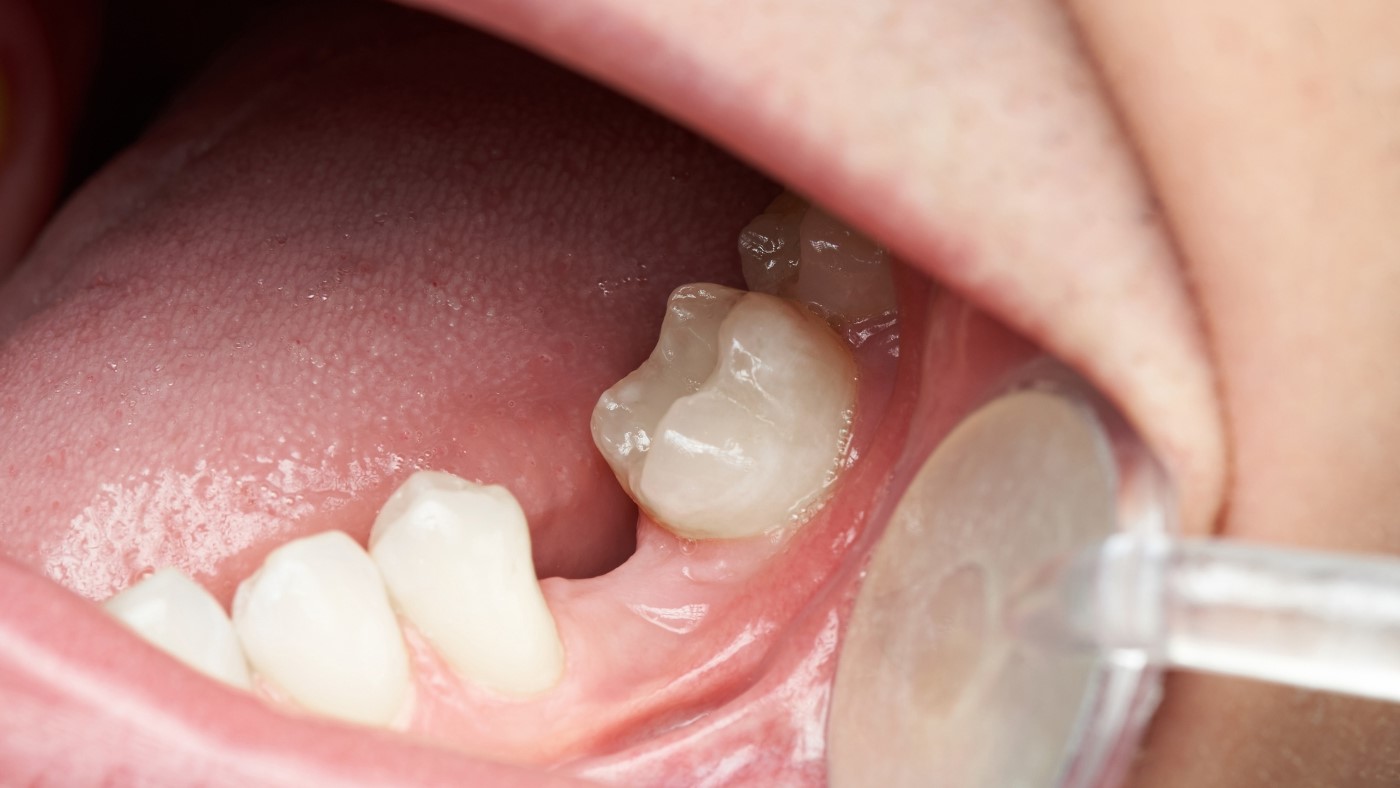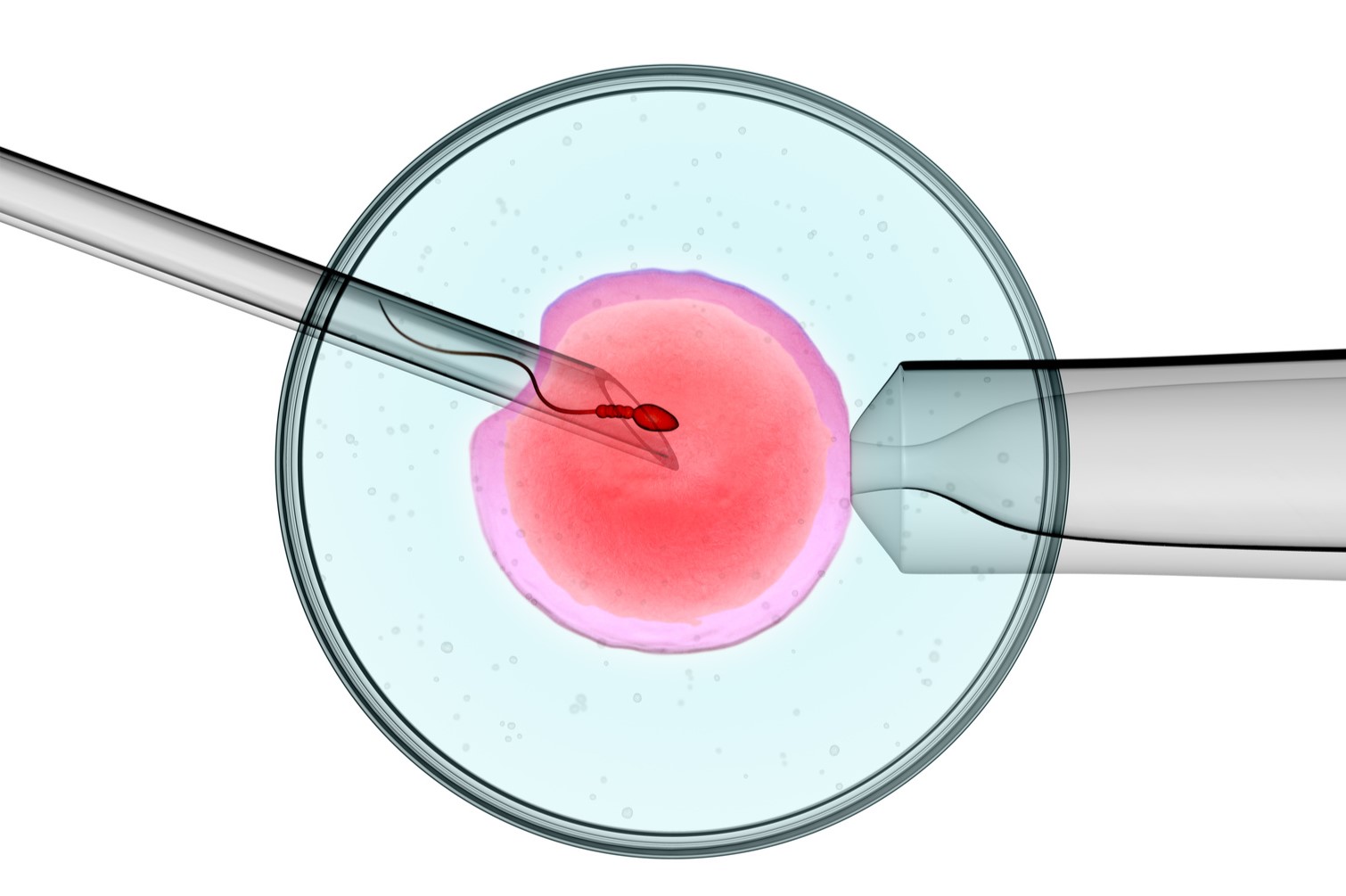
Anodontia might sound like a complex term, but it simply refers to a condition where someone is born without teeth. This rare dental anomaly can affect both primary and permanent teeth. Imagine never having to worry about cavities or braces, but also missing out on the joys of biting into a crisp apple. Anodontia can be partial, where only some teeth are missing, or complete, where all teeth are absent. This condition often links to genetic factors and can be part of larger syndromes. Understanding Anodontia helps in appreciating the complexities of dental health and the importance of genetics in our lives.
What is Anodontia?
Anodontia is a rare genetic condition where a person is born without teeth. This can affect both primary (baby) and permanent (adult) teeth. Let's dive into some fascinating facts about this unique condition.
-
Anodontia is a congenital condition. This means it is present at birth and results from genetic mutations.
-
It can be partial or complete. Partial anodontia, also known as hypodontia, involves the absence of one or a few teeth. Complete anodontia means no teeth develop at all.
-
Anodontia affects both primary and permanent teeth. Some individuals may have no baby teeth but develop permanent teeth, while others may lack both.
-
It is often associated with other genetic disorders. Conditions like ectodermal dysplasia frequently include anodontia as a symptom.
-
Anodontia is extremely rare. Complete anodontia occurs in less than 1% of the population.
Causes of Anodontia
Understanding the causes can help in managing and treating the condition. Here are some key points about what leads to anodontia.
-
Genetic mutations are the primary cause. Mutations in specific genes like MSX1 and PAX9 are often responsible.
-
It can be inherited. Anodontia can be passed down from parents to children through autosomal dominant or recessive inheritance patterns.
-
Environmental factors play a minimal role. Unlike other dental issues, environmental factors like diet or oral hygiene have little impact on anodontia.
-
It can occur as part of a syndrome. Syndromes like Rieger syndrome and Van der Woude syndrome can include anodontia among their symptoms.
-
Prenatal development issues. Problems during the development of the fetus can sometimes lead to anodontia.
Symptoms and Diagnosis
Recognizing the symptoms early can lead to better management. Here’s what to look for and how it’s diagnosed.
-
Absence of teeth is the primary symptom. This can be noticed when baby teeth fail to appear.
-
Delayed tooth eruption. In cases of partial anodontia, teeth may erupt much later than usual.
-
X-rays are crucial for diagnosis. Dental X-rays can confirm the absence of tooth buds.
-
Genetic testing can identify mutations. This helps in confirming the diagnosis and understanding the inheritance pattern.
-
Associated facial abnormalities. Some individuals may have other facial or cranial abnormalities due to the lack of teeth.
Treatment Options
While there is no cure, various treatments can help manage the condition. Here are some common approaches.
-
Dentures are a common solution. Custom-made dentures can replace missing teeth and improve function and appearance.
-
Dental implants offer a permanent solution. Implants can be used if the jawbone is sufficiently developed.
-
Orthodontic treatment may be necessary. Braces or other orthodontic devices can help align any existing teeth.
-
Speech therapy can be beneficial. Missing teeth can affect speech, so therapy may be needed to improve communication skills.
-
Regular dental check-ups are essential. Ongoing dental care helps monitor and manage any complications.
Living with Anodontia
Living with anodontia presents unique challenges, but with the right support, individuals can lead fulfilling lives. Here are some aspects to consider.
-
Self-esteem can be affected. Missing teeth can impact confidence, especially in social situations.
-
Dietary adjustments may be needed. Soft foods and nutritional supplements can help maintain a balanced diet.
-
Social support is crucial. Support groups and counseling can provide emotional and psychological assistance.
-
Educational accommodations might be necessary. Schools may need to make adjustments to support children with anodontia.
-
Insurance coverage varies. Dental treatments can be expensive, and insurance coverage for anodontia varies widely.
Research and Future Directions
Ongoing research aims to improve understanding and treatment of anodontia. Here are some exciting developments.
-
Gene therapy holds promise. Researchers are exploring ways to correct genetic mutations that cause anodontia.
-
Stem cell research is advancing. Scientists are investigating the potential of stem cells to grow new teeth.
-
Improved dental materials. Advances in dental materials are making dentures and implants more effective and comfortable.
-
Early detection techniques. New methods for early detection are being developed, which can lead to better management.
-
Increased awareness. Efforts to raise awareness about anodontia are helping to reduce stigma and improve support for those affected.
The Fascinating World of Anodontia
Anodontia, a rare condition where individuals lack teeth, offers a glimpse into the complexities of human genetics and development. Understanding this condition helps medical professionals provide better care and support for those affected. From genetic mutations to environmental factors, various elements contribute to this unique dental anomaly.
Learning about anodontia not only broadens our knowledge of dental health but also emphasizes the importance of early diagnosis and intervention. With advancements in dental technology, those with anodontia can lead fulfilling lives with the help of prosthetics and other treatments.
By shedding light on this rare condition, we hope to inspire further research and awareness. Knowledge is power, and understanding anodontia can pave the way for improved treatments and support systems. Keep exploring the wonders of human biology, and remember, every fact brings us closer to a more informed and compassionate world.
Was this page helpful?
Our commitment to delivering trustworthy and engaging content is at the heart of what we do. Each fact on our site is contributed by real users like you, bringing a wealth of diverse insights and information. To ensure the highest standards of accuracy and reliability, our dedicated editors meticulously review each submission. This process guarantees that the facts we share are not only fascinating but also credible. Trust in our commitment to quality and authenticity as you explore and learn with us.


